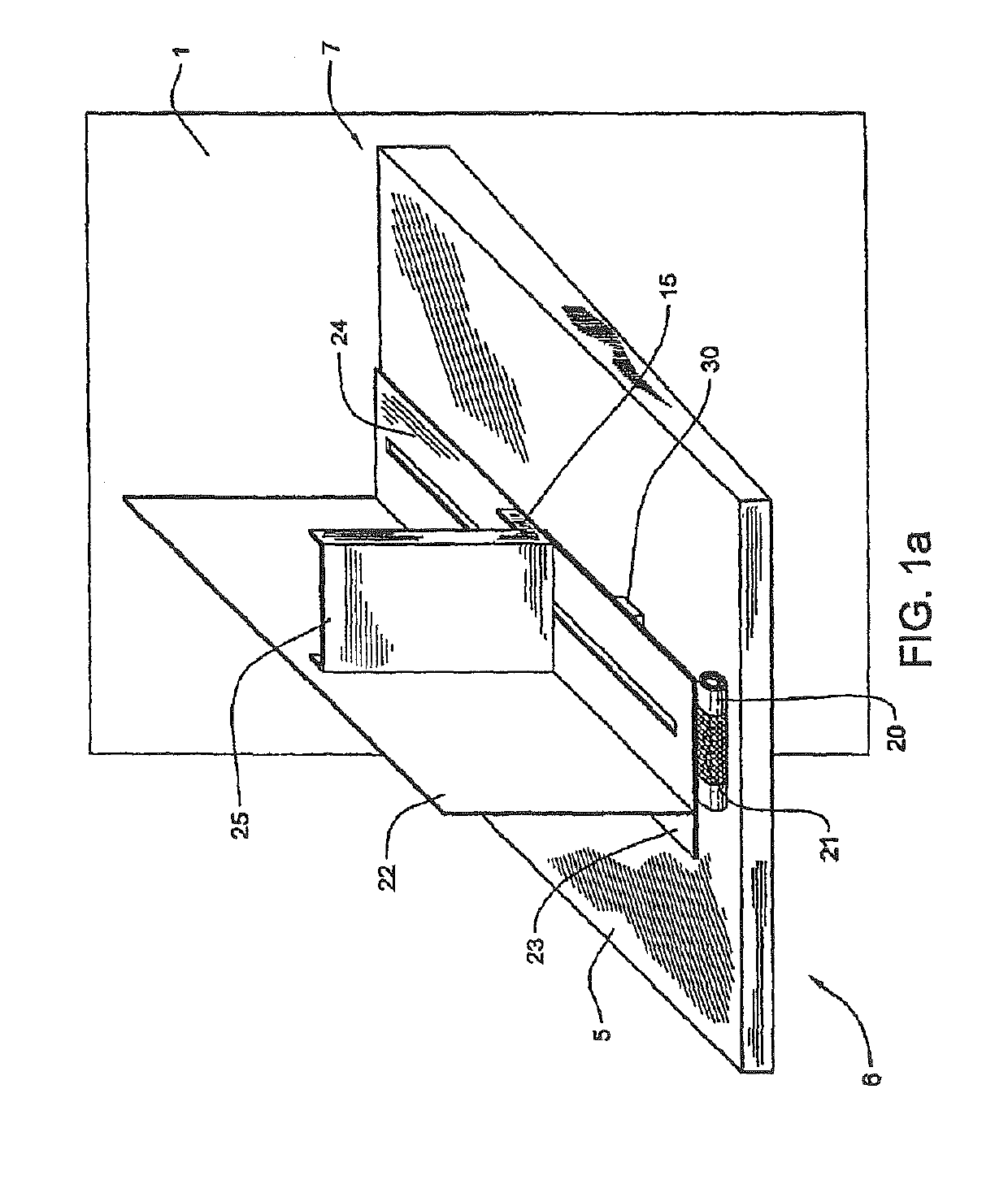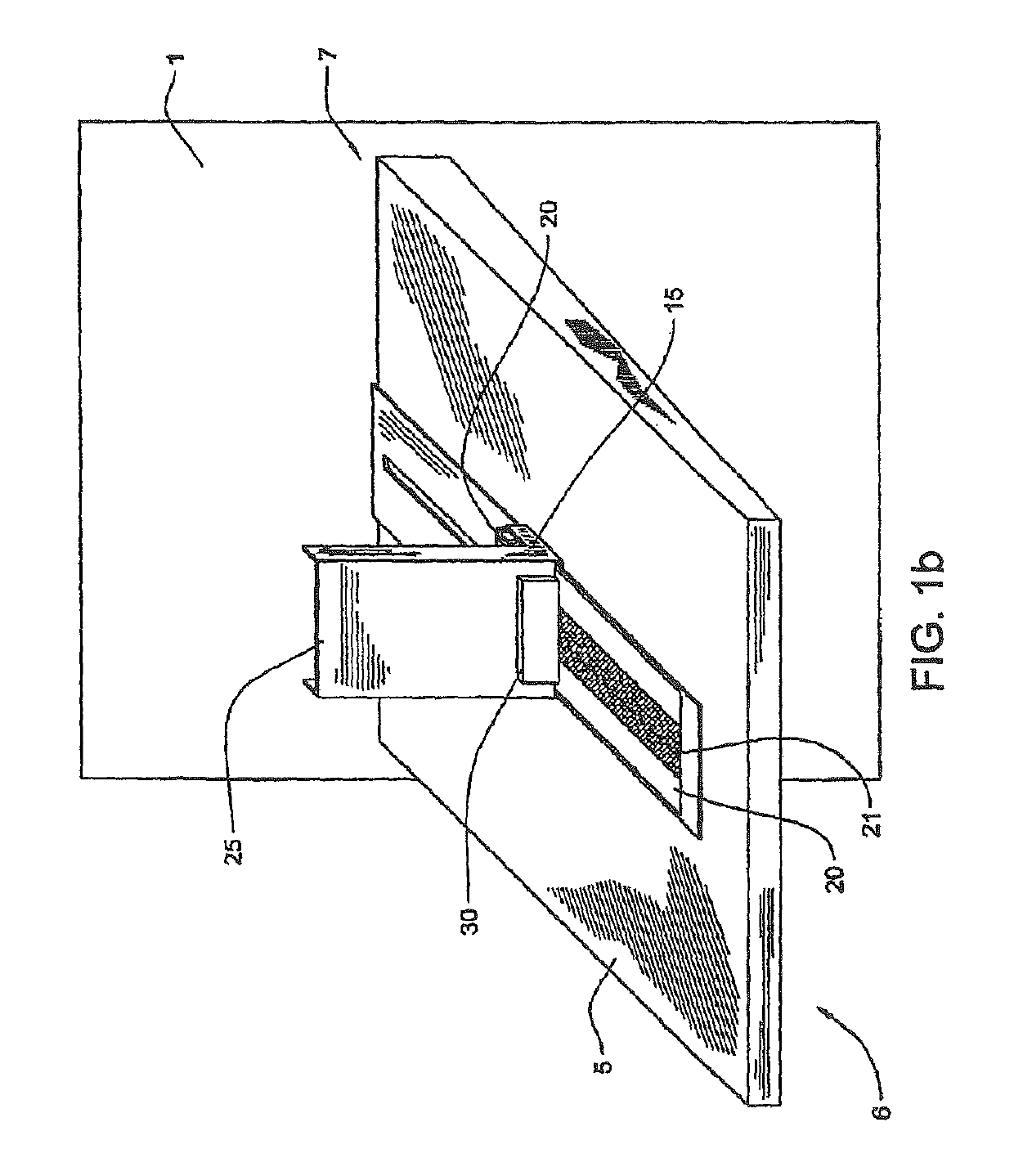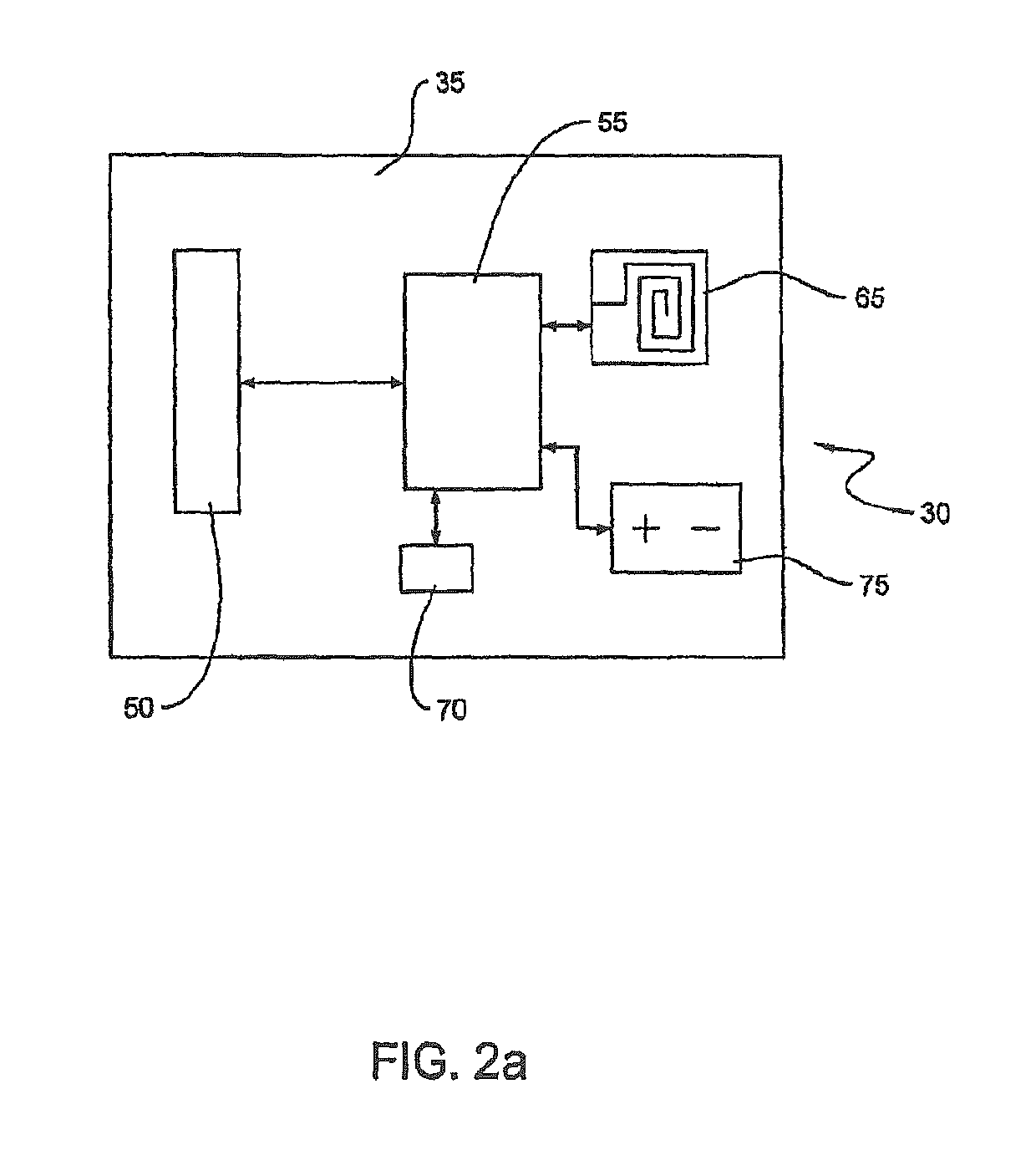Systems and methods for merchandizing electronic displays
a technology of electronic display and merchandising, applied in the field of store intelligence system, can solve the problems of large cost of inventory management in the operation of retail stores, considerable portion of inventory management cost, and cost of inventory managemen
- Summary
- Abstract
- Description
- Claims
- Application Information
AI Technical Summary
Problems solved by technology
Method used
Image
Examples
Embodiment Construction
[0263]The various devices described herein, such as a continuous display shelf edge label device, a server, a scanner, a database, a computer, and the like may be computing devices, and FIG. 27 illustrates general hardware elements that can be used to implement any of the various computing devices discussed herein. The computing device 27100 may include one or more processors 27101, which may execute instructions of a computer program to perform any of the features described herein. Processor 27101 may comprise a customized digital integrated circuit such as an ASIC. However, in some applications, commercially available processors may be employed. The instructions may be stored in any type of non-transitory computer-readable medium or memory, to configure the operation of the processor 27101. For example, instructions may be stored in a read-only memory (ROM) 27102, random access memory (RAM) 27103, hard drive 27105, removable media 27104, such as a Universal Serial Bus (USB) drive,...
PUM
 Login to View More
Login to View More Abstract
Description
Claims
Application Information
 Login to View More
Login to View More - R&D
- Intellectual Property
- Life Sciences
- Materials
- Tech Scout
- Unparalleled Data Quality
- Higher Quality Content
- 60% Fewer Hallucinations
Browse by: Latest US Patents, China's latest patents, Technical Efficacy Thesaurus, Application Domain, Technology Topic, Popular Technical Reports.
© 2025 PatSnap. All rights reserved.Legal|Privacy policy|Modern Slavery Act Transparency Statement|Sitemap|About US| Contact US: help@patsnap.com



